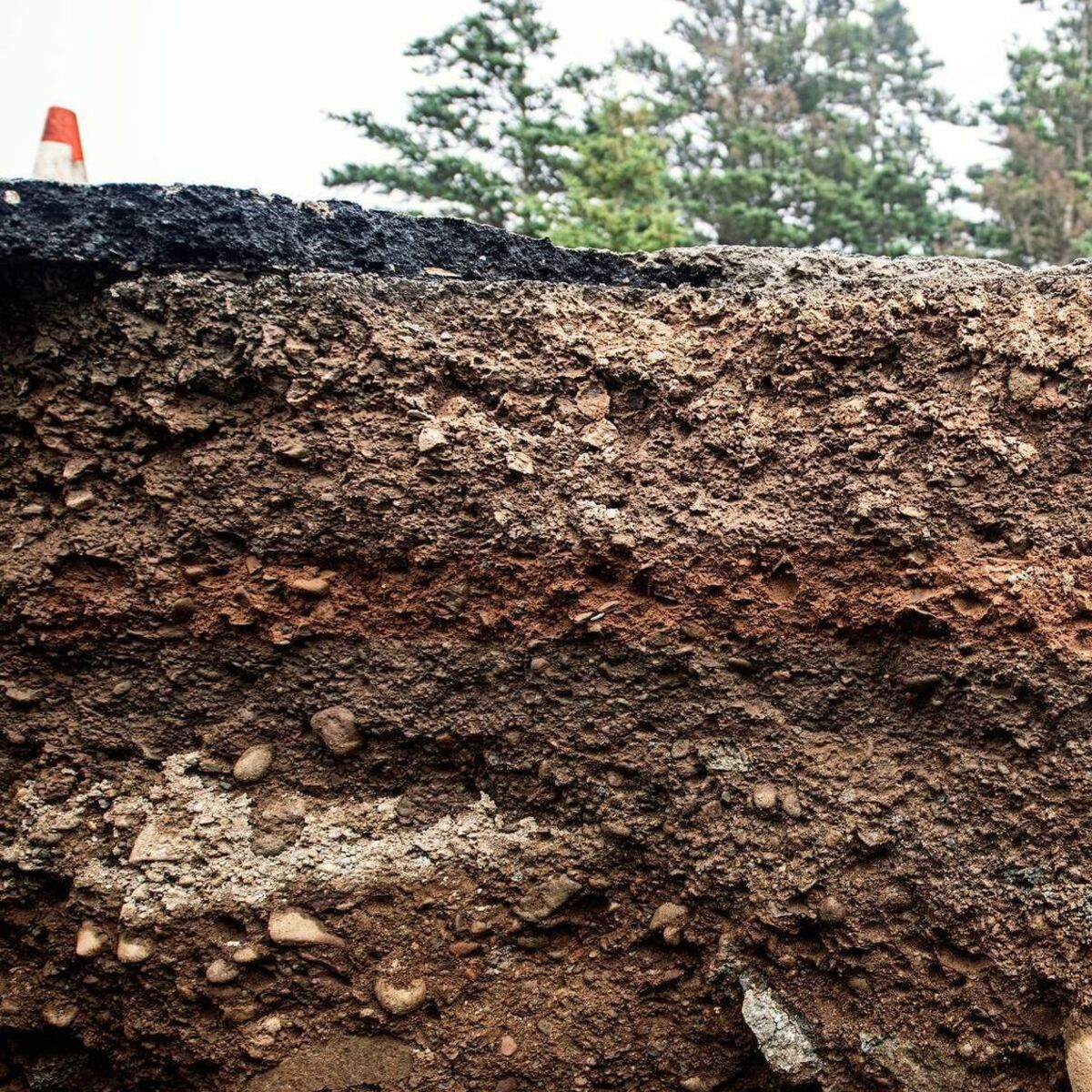Copyright irishexaminer

Quantification: Emission reductions and carbon removals must be quantified with accurate scientific methodologies, including advanced methods where practical. Monitoring will be done through a combination of on-site measurement, modelling and remote sensing for above-ground carbon in hedgerows, trees, etc. Additionality: Actions must go beyond legal requirements. Only those activities that would not occur without the incentive effect for carbon farming will qualify. Liability & Longevity: The duration of carbon removal varies. Temporary removals, for example, soil carbon gains, may require renewal of activity and buffer mechanisms to manage reversal risks. Emission reductions are generally considered permanent. Sustainability: Activities must do no significant harm to biodiversity, soil health and ecosystems. Shifting of emissions from one location or source to another (Leakage) should be avoided. Third-Party Verification: Independent certification bodies will validate compliance with the framework, ensuring transparency and credibility. Public Registries: Carbon farming certificates will be recorded in a publicly accessible registry to prevent double-counting of credits and build trust among investors and farmers. Just Transition: The framework aims to be socially inclusive, ensuring fair access and benefit sharing for farmers, landowners and foresters. Integration of Existing Initiatives: Nationally, there is a strong foundation to build on, such as ACRES, Origin Green and the Signpost programme that could be leveraged to avoid duplication and accelerate adoption. Learning by Doing: Existing demonstration projects are proposed to test the framework, build farmer engagement and refine national systems before national rollout.



